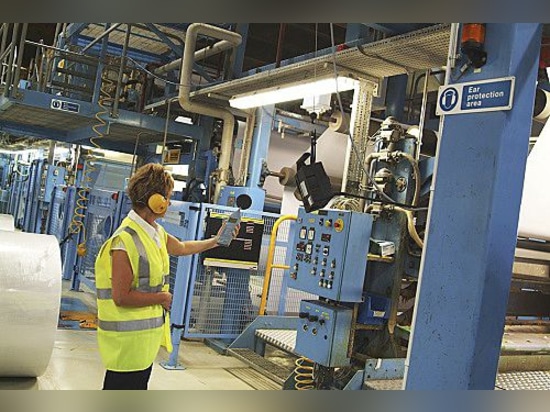
#Product Trends
Basic sound level meter for noise at work assessments
Regular assessments are a key step in managing noise at work and, ultimately, reducing individual noise exposure and hearing damage.
For quick, simple noise measurement readings, a basic sound level meter is just what you need. Typical uses can be for testing fire alarm sounders, sound systems in pubs, or for on-the-spot checks of noise levels in warehouses, offices and manufacturing units.
The Model 14 Class 2 Digital Sound Level Meter is manufactured by Pulsar Instruments in the UK. It is extremely easy to use for obtaining the most commonly required noise measurements such as SPL, LCF, LAFmax, LCFMax. This sound level meter meets the full requirements of IEC 61672:2002-1 performance standard for a Class 2 meter. It only weighs 227gms and can be carried safely over the shoulder in the pouch supplied.
This sound level meter represents incredible value if you consider all the features it offers.
It has a large and easy to read display, which shows the Sound Pressure Level in decibels. The user can select either the standard ‘A’ frequency weighting or the alternative ‘C’ frequency weighting. The Maximum Hold (HOLD) function allows the user to freeze the display showing the highest decibel level measured.
For certain applications, such as fire alarm testing, the Pulsar Model 14 offers the option of ‘Slow’ rather than ‘Fast’ weighting.
Two measurement ranges are included, measuring the most typically encountered levels from 35dB(A) to 130dB(A).
It is supplied with a 24 month warranty, operating manual, certificate of calibration, 9V battery, calibration screwdriver and windshield. The Model 14 can be ordered as a complete measurement kit which includes all the accessories including an acoustic calibrator needed to carry out basic noise at work measurement assessments.
Full after-sale and recalibration services are available from our UK plant for this meter. Find out more by visiting the website:



